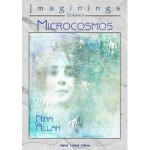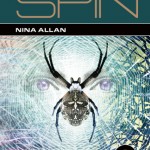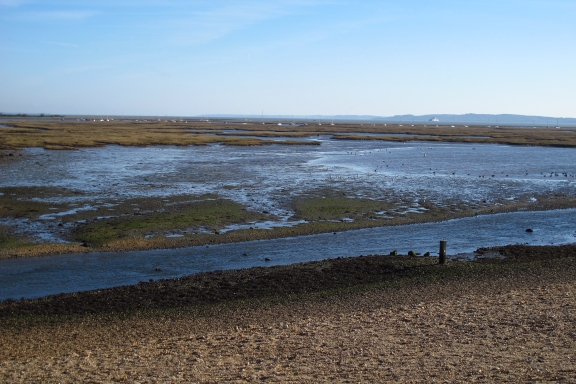I was tagged to take part in this writers’ blog relay race by Carole Johnstone. Carole’s stories appear regularly in the BFS Award-winning dark fantasy magazine Black Static, she’s featured in many anthologies including Best Horror of the Year #2, and you can read all about her upcoming novella Cold Turkey here. Cold Turkey will be published by TTA Press in 2013 as part of their of their new series of novellas, which also includes my own story inspired by the Arachne myth, Spin.
But first, those ten leading questions:
1) What is the title of your next book?
Stardust: The Ruby Castle Stories
2) Where did the idea come from for the book?
That’s always a difficult one to answer, at least for me. The chapter that gave the book its title was actually written about six months before I started working on the rest of it. I wasn’t sure what it would be, just that certain characters and their stories compelled me. It was only bit by bit that the connections between these characters emerged, and the book began to settle into the form it now takes.
3) What genre does your book fall under?
Again, that’s a tricky one. The book falls into six chapters – three that are longer short stories and three that are novellas. The title chapter, which is one of the novellas, is SF. Several of the other chapters lean more in the direction of horror, or dark fantasy. And then there’s another time-slip, SFnal chapter in the middle of all that. I suppose it’s best simply to say that it’s speculative fiction.
4) What actors would you choose to play the part of your characters in a movie rendition?
This book has a diverse cast of characters, but the central figure, the character that unites all the others, is Ruby Castle herself. As the story advances, you’ll get to see an episode from her childhood in a travelling circus, and then later scenes from her life as an actress, first on the London stage and then in film. The actor I’d choose to play her – no question – would be Rebecca Hall.
5) What is the one-sentence synopsis of your book?
Be careful what you wish for.
6) When will the book be published?
Stardust will be published by PS Publishing in the New Year. I’ve just recently seen the cover art, by Ben Baldwin, which is truly fantastic and, as with all the illustrations Ben has created for my work, shows a tremendous insight and sympathy with the book itself. I hope to be able to announce the publication date for Stardust soon, so watch this space for updates.
7) How long did it take you to write the first draft of the manuscript?
What with all the buggering about that always seems to accompany the start of a new project, I’d say probably about nine months all told.
8) What other books would you compare this story to within your genre?
I’ve been thinking about this for ages and I honestly can’t say. I think it’s for the reader, rather than the writer, to make these kind of comparisons. I think that the best way of describing these stories is to say they start off normal and end up getting strange. If you like books that skew the world a little, that reveal the secrets inside outwardly ordinary lives, then I think you’ll like Stardust.
9) Who or what inspired you to write this book?
Initially, the idea of a teenage girl in an alternate Russia, watching a rocket launch on TV with her brother. These were characters who just would not go away and who might one day return.
10) What else about the book might pique the reader’s interest?
I think those people who know my work are getting used to (and hopefully to like) the way I enjoy playing with form, the way I like to approach a story from different angles, then discover through the process of writing where all the various threads join up. I don’t think of Stardust as a story collection, so much as a fractured novel, and I think that anyone who reads the book will understand why. The individual chapters can be enjoyed as standalone stories – but I think they gain considerably by being read in context.
On the simple level of story, this book is full of interesting people, and I’m fond of all of them. There’s a chess prodigy, a knife thrower, an antiquarian bookseller who gets into trouble in Nazi Germany, an art dealer who tells a lie about his wife and ends up halfway up a mountain pursued by monsters. There is poetry and there is romance. There is a giant worm and there are horror movies. Oh, and it has an introduction by Robert Shearman.
What’s not to like?
Taking the baton from me next week will be the very excellent David Rix, horror writer, illustrator and head honcho of Eibonvale Press. and the wonderful Aliette de Bodard, SFF writer and winner of the BSFA Award in 2011 for her story The Shipmaker.
People I tried to ask, but who had to say no because they’d already been tagged (bastards) include Cate Gardner, Kirsty Logan, Ray Cluley, Marie O’Regan, James Cooper and EJ Swift. People who said they couldn’t take part because they were just too chicken shall remain nameless…




